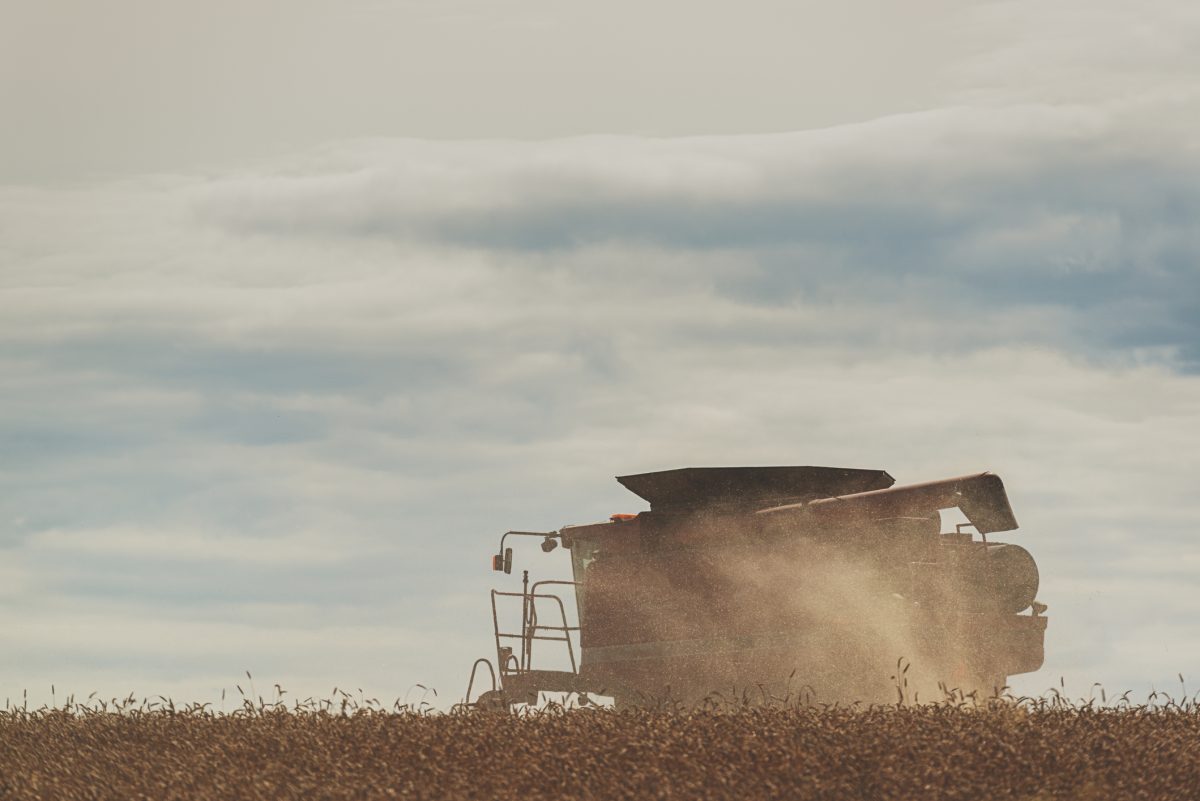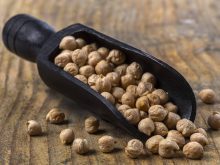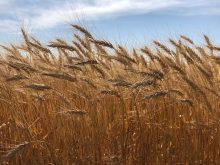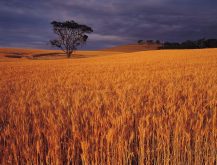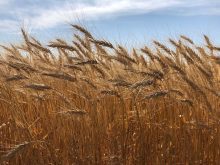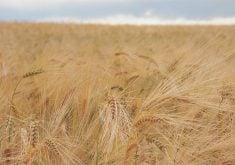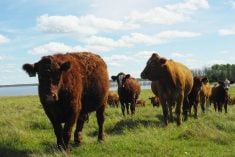Canberra | Reuters — Western Australia will produce nearly 1 million metric tons more wheat this season than was expected a month ago, an industry group said on Friday, bolstering expectations for a large Australian harvest that will pressure global prices.
The Grain Industry Association of Western Australia (GIWA) also raised its production forecasts for canola by 490,000 tons and for barley by 200,000 tons.
“The state is on track to come close to or possibly exceed the 2022 season’s record production,” GIWA said in a monthly crop report.
Read Also

Record large Canadian wheat and canola crops: Statistics Canada
Canadian wheat and canola production in 2025/26 (Aug/Jul) surpassed early expectations to hit new record highs, according to updated survey-based estimates from Statistics Canada released Dec. 4.
Why it matters: Australia is one of the world’s biggest suppliers of grains and canola, and Western Australia is its biggest export region.
Abundant global supply of wheat helped push benchmark Chicago prices to five-year lows this week.
Western Australia is now set to produce 12.6 million tons of wheat, a record-high 7.3 million tons of barley and 3.8 million tons of canola, GIWA said.
That compares to average production over the last five years of 11.2 million tons of wheat, 5.2 million tons of barley and 2.8 million tons of canola.
The association has now raised its wheat forecast by 3.2 million tons since its first estimate in July.
Average per hectare yields across the state are below the record year of 2022 but planted area has increased, the GIWA report said.
It said crops had escaped significant frost or heat damage and “whilst there have not been the finishing rains in the last month across all regions to push yields higher, potential yields have held in all areas other than the central region.”
Grain quality should be good because increased nitrogen use is preventing the dilution of protein content that typically happens when per-hectare yields are high, the report said.
Harvesting has begun in northern parts of the state and will move south during November and December.

